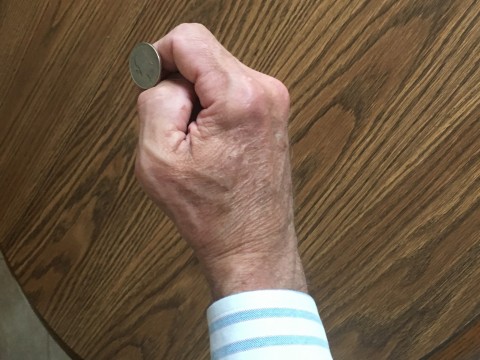Psssst: How Does an Extra $100,000 - $1,000,000 sound?



One of the cruelest realities of professional long term care is not only the high cost (not covered by Medicare or other health insurance), but the fact that, when we need care, we are in no place physically or mentally to rally and easily meet the expense. It’s also likely that our family isn’t either.
In many cases, we (or our family) end up making next-to-impossible, painful decisions:
-
Should we raid IRAs, pensions and CDs to pay for private care, paying taxes and applicable penalties, leaving less for our spouse in their retirement?
-
Should we shelter what assets and money we can, aiming to go onto the government Medicaid program, effectively becoming a ward of the state from a financial point-of-view?
-
Is a child or their spouse willing to become our primary caregiver? If so, what sacrifice would that entail and how long would this be sustainable?
Morningstar’s director of personal finance authored an article called “75 Must-Know Statistics About Long-Term Care”. I’ve chosen 5 of the statistics that I found particularly interesting:
47.7%: The expected percentage of people turning 65 who will have no long-term care need during their lifetimes.
46.7%: The expected percentage of men turning 65 who will have a long-term care need during their lifetimes.
57.5%: The expected percentage of women turning 65 who will have a long-term care need during their lifetimes.
So, if you’re a 65-year-old man, flipping a coin will approximate the likelihood of your need for care. If a woman, the odds are against you– 42% will escape a need for long term care.
Let’s put it another way– if you knew you had a 50% chance of a fire, would you go without homeowners’ insurance? Maybe you’re thinking, “It depends!” If it’s a limited fire, say, impacting the kitchen only, you’d probably be financially OK without insurance. But what if it were a more catastrophic fire? You’d probably want to be well-insured.
This is a logical way of thinking of it, so perhaps the following statistics will help you as you consider purchasing long term care insurance:
-
$341,651: Estimated end-of-life care costs in patient's final five years for individuals with dementia. (Let me point out that these figures will increase with health care inflation.)
-
21.9%: Percentage of long-term care costs that are paid out of pocket.
-
13.2%: Percentage of people who receive professional home healthcare who have long-term care insurance coverage.
I think what it boils down to is this: the odds are great you will need long term care. In case you do need it, you will likely wish mightily that you had insurance to cover the expense, and to give you private pay choices.
If the need for care is sustained or the type of care that’s extraordinarily expensive, having had the forethought to have purchased long term care insurance will look like an extraordinarily smart decision.
So, flip that coin and tell me the answer to this question: How does an extra $100,000 to $1,000,000 sound?... Just in case that coin toss doesn’t work in your favor.




